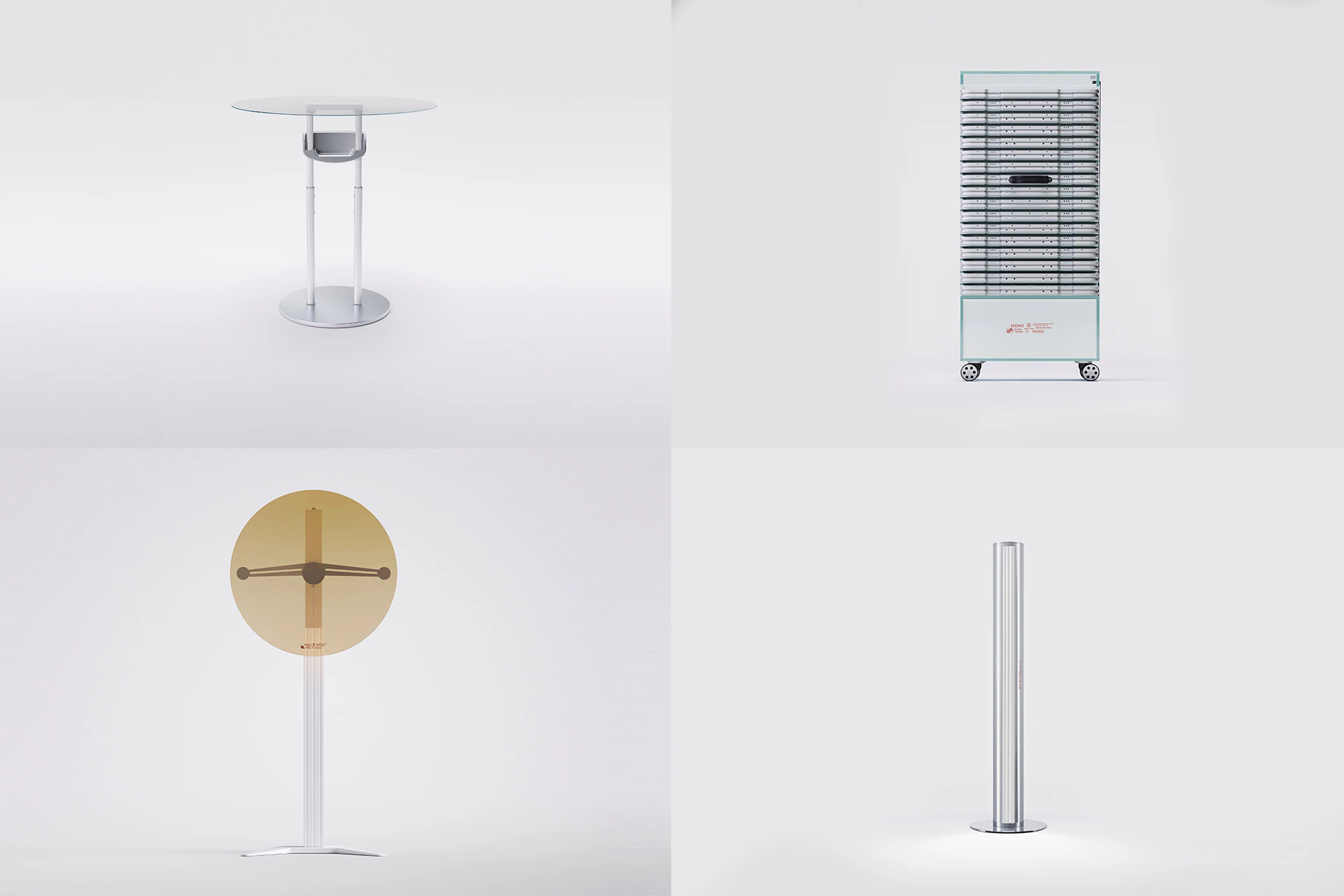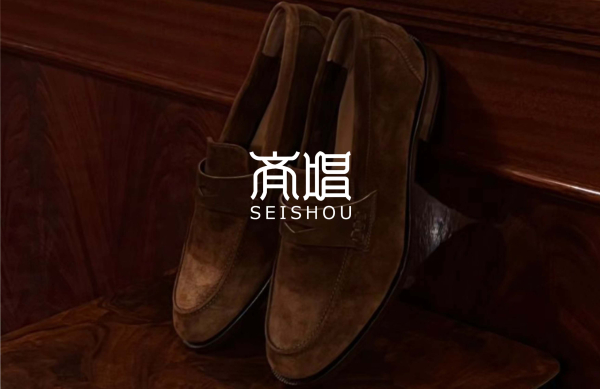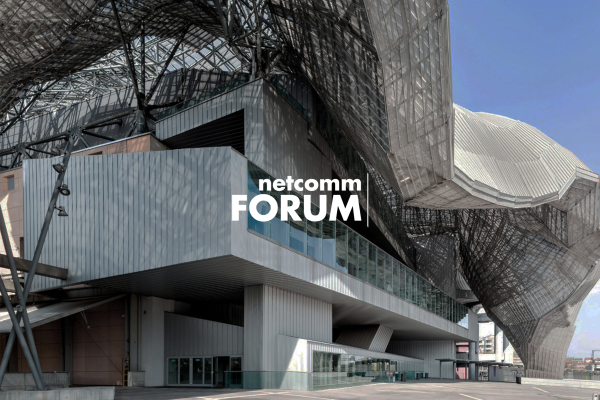02/07/2024
Industry
The fashion industry stands at the precipice of yet another digital revolution, transitioning from the interactive yet centralised world of Web 2.0 to the decentralised, user-centric paradigm of Web 3.0. This shift is poised to redefine how brands interact with consumers, manage supply chains, and authenticate products. What lies ahead in this digital transformation?
The Web 2.0 Era: Interactive and Collaborative
Web 2.0 brought significant changes to the fashion industry by emphasising interactivity and collaboration. Social media platforms such as Instagram and Pinterest became essential tools for fashion brands, facilitating direct engagement with consumers and enabling real-time feedback. This era democratised content creation, with users generating valuable insights through blogs and social networks.
E-commerce platforms and digital marketing strategies allowed brands to reach global audiences more efficiently and at lower costs. The ability to share and promote user-generated content transformed marketing campaigns, making them more relatable and engaging. These platforms enabled brands to create dynamic relationships with their audiences, fostering a more connected and responsive industry.
Enter Web 3.0: Decentralisation and Empowerment
Web 3.0, or Web3, marks a new chapter by decentralising the internet and enhancing user control over data. This technological evolution is underpinned by blockchain, smart contracts, and non-fungible tokens (NFTs), collectively offering unprecedented levels of transparency and security.
Blockchain technology provides an immutable ledger, ideal for ensuring supply chain transparency. Fashion brands can now trace the entire lifecycle of a garment, from raw material sourcing to retail, thereby verifying ethical practices and reducing the risk of counterfeit products.
NFTs have opened new revenue streams for fashion brands. These digital assets represent ownership of unique fashion items, digital designs, or exclusive collections, allowing brands to engage with consumers in innovative ways.
One such example of how brands have already begun leveraging this trend is Rimowa. The luxury luggage brand introduced NFTs that combine digital artwork with exclusive physical pieces, showcasing how traditional craftsmanship can merge with digital exclusivity.

Rimowa's four one-of-a-kind artworks – a table, a food cart, a lamp, and a sound system – produced in partnership with design studio NUOVA.
Challenges and Future Prospects
While Web3 offers vast potential, it also presents challenges such as regulatory hurdles and technological integration. The market volatility associated with digital assets like cryptocurrencies and NFTs can pose risks. Nevertheless, continuous innovation and growing adoption of Web3 technologies indicate a promising future for the fashion industry.
The transition from Web 2.0 to Web 3.0 is more than a technological upgrade; it is a fundamental shift in how the fashion industry operates, enhancing transparency, efficiency, and customer engagement. Brands must cultivate a culture of continuous learning and experimentation to fully leverage Web3. This includes training employees on new technologies and encouraging innovation across all organisational levels.
Digital platforms like LE NEW BLACK can be pivotal in allowing brands to provide immersive and personalised digital experiences for their retailers, enhancing the overall buying experience. As the industry navigates this digital transformation, those who adapt quickly will be well-positioned to lead in the new digital age.



